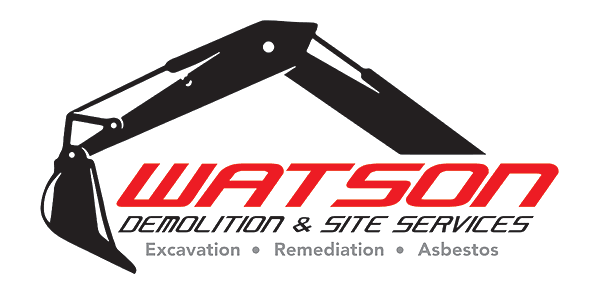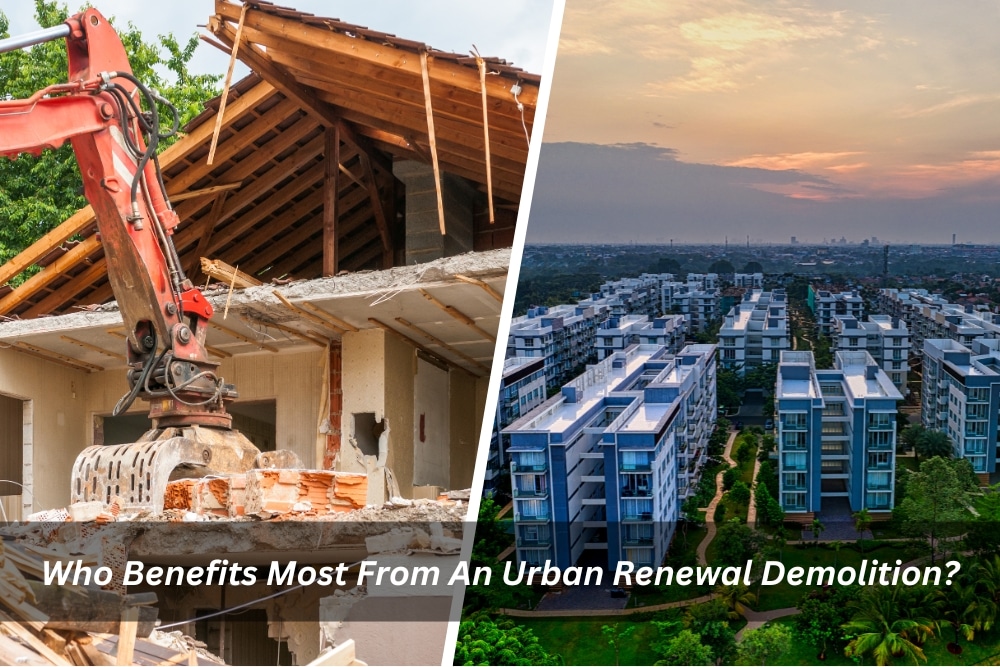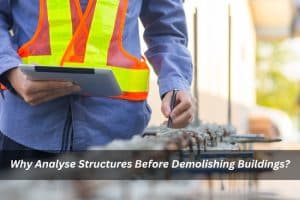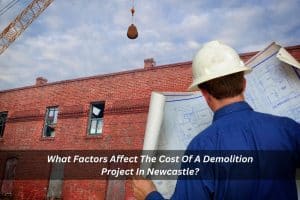G’day mates! Urban renewal demolition has become as common as a snag sizzle on a Sunday arvo, reshaping skylines and transforming communities. But who stands to gain the most from these demolitions? In this exploration, we’re diving deep into the intricacies of urban renewal demolitions in Australia, shedding light on the beneficiaries, challenges, and potential alternatives.
What does urban renewal demolition entail?
Urban renewal demolition, colloquially known as “knocking down the old and making way for the new,” involves the strategic dismantling of existing structures in designated areas. This process is more than just reducing buildings to rubble; it’s a comprehensive approach to revitalising urban spaces. It includes the removal of outdated infrastructure, and hazardous structures, and the creation of space for modern, sustainable development.
- Site assessment and planning: Before the wrecking ball swings, a fair dinkum site assessment is conducted. This involves evaluating the structural integrity, environmental impact, and potential for future development.
- Demolition techniques: Modern demolition methods go beyond the conventional wrecking ball. Controlled implosions, deconstruction, and recycling of materials are employed to minimise the environmental kerfuffle.
- Waste management: Responsible disposal of debris is a ripper aspect. Recycling materials, such as concrete and steel, not only reduces waste but contributes to sustainable construction practices.
What problems does urban renewal demolition aim to solve?
Urban renewal demolition addresses a fair shake of issues faced by aging urban infrastructure. The process is not just about tearing down buildings; it’s about solving problems that impede a city’s progress.
- Obsolete infrastructure: Many cities grapple with daggy buildings that no longer meet safety or functional standards. Demolition allows for the removal of structures that have outlived their usefulness.
- Economic revitalisation: By clearing space for new developments, urban renewal stimulates economic growth. This can attract businesses, create job opportunities, and enhance property values.
- Safety and environmental concerns: Older structures often pose safety risks and environmental hazards. Demolition provides a fresh start, ensuring the construction of structures that meet modern safety and environmental standards.
Who gains the most from urban renewal demolitions?
While urban renewal demolitions bring about positive changes, the question remains: who reap the greatest rewards? Understanding the key beneficiaries is crucial for evaluating the impact of these demolitions on communities.
- Property developers: Perhaps the most direct beneficiaries, property developers capitalise on cleared spaces to construct new, top-notch projects. This can range from residential buildings to commercial spaces, driving financial gains.
- Local businesses: The influx of new developments attracts businesses seeking ripper locations. As foot traffic increases, local businesses can thrive, contributing to the economic vibrancy of the area.
- Community: While not immediate, the community benefits from improved infrastructure, enhanced safety, and increased property values. However, it’s essential to ensure that these benefits are inclusive and not at the expense of existing residents.
Who bears the burden of demolition?
While some reap the rewards, others bear the brunt of urban renewal demolitions. Displacement, environmental concerns, and disruptions are challenges that certain segments of the population must navigate.
- Displaced Residents: The most direct impact is felt by those forced to leave their homes. Displacement can lead to the loss of community ties and, in some cases, exacerbate existing socio-economic disparities.
- Environmental Impact: Despite efforts to minimise environmental damage, the demolition process can contribute to pollution and disruption of ecosystems. Balancing progress with environmental conservation remains a challenge.
- Cultural Loss: The demolition of historical structures can result in the loss of cultural heritage. Preserving the identity of a community while ushering in modernisation is a delicate balance.
Are there alternatives to demolition-based urban renewal?
While demolition is a common approach, alternative strategies exist that emphasize preservation, adaptive reuse, and sustainable development. These approaches aim to achieve urban renewal without the complete removal of existing structures.
- Adaptive reuse: Repurposing existing structures for new functions is gaining popularity. Historic buildings can be transformed into modern living spaces, preserving the character of the area.
- Incremental development: Rather than large-scale demolitions, incremental development focuses on small, strategic interventions. This approach allows for the gradual transformation of urban spaces while minimising disruption.
- Green infrastructure: Integrating green spaces into urban planning enhances sustainability. Parks, green roofs, and sustainable landscaping contribute to both environmental conservation and community well-being.
- Sustainable renovation: Rather than demolishing entire structures, sustainable renovation focuses on upgrading existing buildings to meet contemporary standards. This approach acknowledges the embodied energy within structures and seeks to minimise waste. Renovating and retrofitting structures for improved energy efficiency, accessibility, and safety contribute to both environmental and economic sustainability.
In embracing these alternatives, urban renewal can become a more inclusive and environmentally conscious endeavour. Each option brings its own set of advantages, from preserving cultural heritage to minimizing environmental impact. By carefully considering these alternatives, cities can navigate the delicate balance between progress and preservation, ensuring a harmonious evolution of urban spaces that benefits current and future generations.
How can you ensure equitable outcomes in urban renewal projects?
Ensuring equitable outcomes in urban renewal projects requires a proactive approach. This involves community engagement, transparent decision-making, and a commitment to inclusivity.
- Community consultation: Involve the community in the decision-making process. Understand their needs, address concerns, and incorporate local perspectives into the planning phase.
- Affordable housing: Prioritise the development of affordable housing units to prevent the displacement of low-income residents. This helps maintain socio-economic diversity in the community.
- Job creation: Actively seek opportunities for local job creation. Ensure that the benefits of urban renewal extend beyond property developers to include the broader community.
Conclusion
In the ever-evolving landscape of urban development, the question of who benefits most from an urban renewal demolition is multifaceted. While property developers and businesses stand to gain financially, the true success of these projects lies in their ability to uplift communities without leaving certain segments behind.
At Watson Demolition & Site Services, we reckon the impact our work has on communities. Our commitment goes beyond demolishing structures; it extends to fostering sustainable, inclusive urban development. By understanding the complexities of urban renewal, we aim to contribute to the creation of vibrant, resilient, and equitable spaces for all Aussies. Together, let’s build a future where progress coexists harmoniously with the preservation of community identity and well-being.
For expert guidance on navigating the intricate terrain of urban renewal or to discuss how Watson Demolition & Site Services can be part of your next project, contact us today. Cheers, mates!



